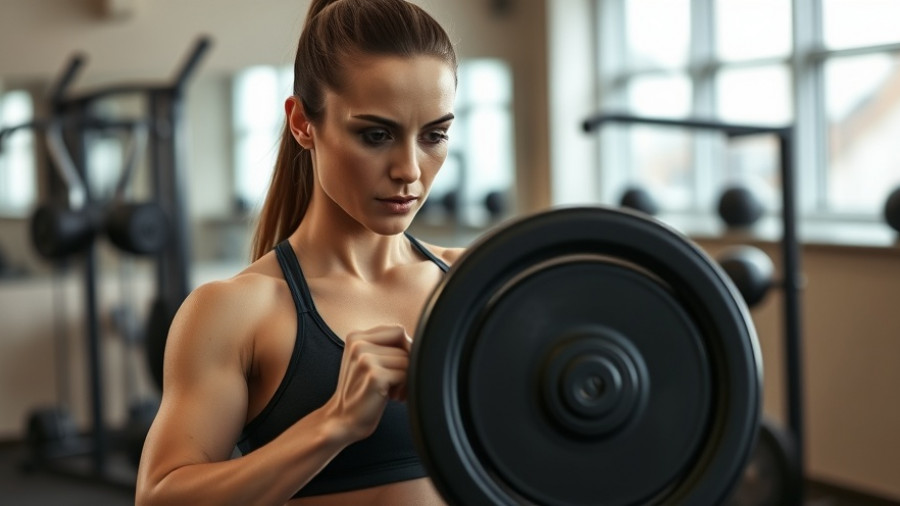
Understanding the Long-Term Impact of Maternal Health
New research from the University of Edinburgh reveals a crucial link between maternal health behaviors and the long-term weight outcomes of their children. The study emphasizes that children whose mothers smoke or struggle with obesity face a heightened risk of becoming obese adults themselves. Following participants from the 1958 National Child Development Study, researchers found that these early life factors significantly influenced weight trajectories up to the age of 42. This suggests that societal and familial influences play a pivotal role in determining obesity risk, highlighting the importance of addressing these factors in public health efforts.
Exploring the Societal Influences on Obesity Rates
While individual behaviors are often targeted in obesity discourse, this study underscores the need to consider broader societal influences as potential contributors to obesity. Factors like socioeconomic status and overall community health conditions can create environments that either promote or deter healthy lifestyle choices. By acknowledging the multifaceted nature of obesity, public health initiatives can be more effectively designed to tackle the growing obesity epidemic. For healthcare practitioners and fitness coaches, understanding these societal contexts can lead to more personalized and effective interventions.
Future Directions for Obesity Prevention
The findings prompt a reevaluation of current obesity prevention strategies. As individual risk factors remain unchanged even as obesity rates climb, new interventions may be necessary. This includes investigating community-level behaviors and environmental factors contributing to obesity trends. For tech professionals and entrepreneurs in health sectors, this presents an opportunity to develop innovative solutions that address these community factors—be it through healthcare technology, fitness apps, or educational programs that promote healthy living in underserved areas.
The Role of Early Education in Health Choices
Given the study’s findings, equipping the next generation with knowledge on nutrition, physical health, and the impacts of maternal well-being can be transformative. Early education programs must integrate this knowledge to instill healthy habits from a young age, potentially altering future obesity rates. This proactive approach could empower children to make healthier choices and evolve into health-conscious adults.
Ultimately, recognizing the profound influence of maternal and societal factors on obesity can lead to a more nuanced understanding of health. By addressing these areas, we not only improve individual health outcomes but can also cultivate healthier communities.
 Add Row
Add Row  Add
Add 




Write A Comment